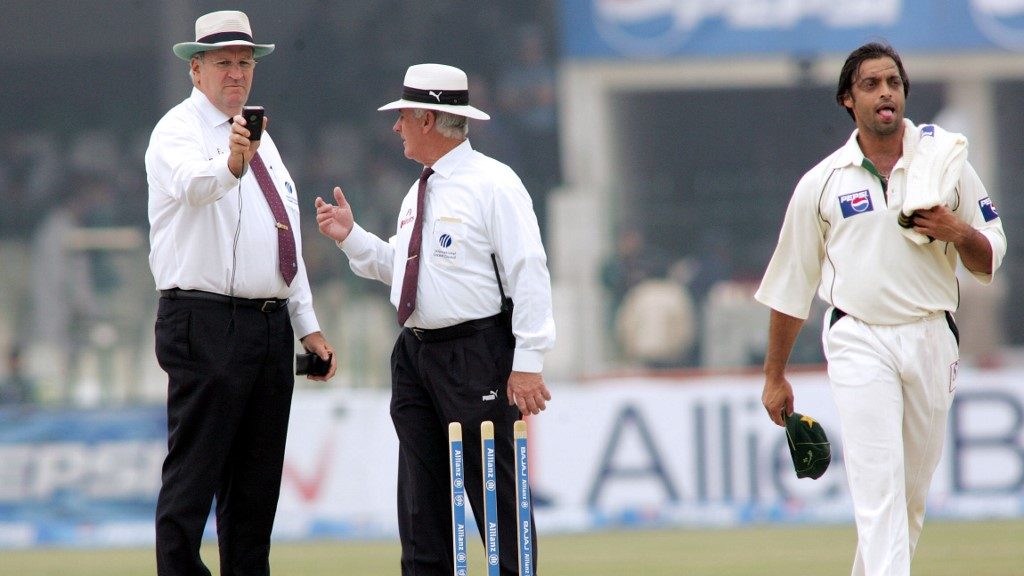Mind-boggling situations: Five most confusing rules in cricket

Cricket has been a really tough game to understand for a few right from its inception. Rules have evolved from time to time and have taken forms, where they become really hard to comprehend. There are many conditions, where the fans and even the players are left surprised by a decision at times based on a certain rule.
Many rules are such that they come into play so less that even the umpires have to give a second thought if the need arises to make a decision by implementing a rule. Here are 5 such rules, which have left the fans and players scratching their heads during their course of being involved with the game.
5. Net Run Rate
Calculations in cricket have always been a mystery for its followers and in some cases the professionals too. One such mathematical aspect of cricket is the Net Run Rate, which has affected many teams in tournaments through the years. This rule often comes in handy in multi-team tournaments, where there are many such instances when the teams are tied with the same number of points. There have been many instances, where Net Run Rate has been the deciding factor.
4. Duckworth Lewis Method
The biggest and still unsolved mystery for the cricket fans, and has been confusing them in different ways through the years has been the DLS method. This rule usually comes into play when a match is affected by any delay due to a weather condition. There have been many cases where the Duckworth Lewis method has acted in ways that changed what should have been the logical outcome of the game. This has caused it to come under scrutiny from the entire cricket community, and even players like MS Dhoni have spoken critically about it.
3. The Boundary Rope
Many people may not pay attention to this aspect of the match, but the rules associated with the boundary rope have been puzzling the cricket aficionados for many years now. There have been many instances of the fielders doing certain things intentionally and unintentionally, which have caused a lot of confusion in the middle of the matches. One of the most common things that cause confusion is when the boundary rope is pushed back when a fielder is trying to stop the ball. Ideally, the batsman is awarded a four, but at the moment, a lot of scrutiny has to be done, before a decision is made.
2. Calling back opposition batsman after given out
My favourite “MS Dhoni- The Captain” moment when Dhoni recalled Ian Bell after he was given out by the umpire. pic.twitter.com/hBVFFim2ov
— Manas. (@That_MSDian) January 6, 2017
This is a rare sight to be seen in international cricket, but each time it happens, it puzzles the people watching the match for sure. The rule as it is, says that if a batsman has been declared out by the umpire, the fielding team can ask the umpire to withdraw it. Such things happen very rarely in international cricket and if they do, it happens once in an eternity. The most recent example of such a thing happening at the international level was, during India’s tour to England in 2011, the then Indian skipper MS Dhoni had called back Ian Bell after he was declared ‘Run Out’.
1. Calling wide for a switch hit
Over the years, batsmen have found ways to negate the movement of the ball and take the bowlers by surprise. One such method is the switch hit, where a right-handed batsman switches his grip on the bat, to the way a left-hander would hold and vice versa, before hitting the ball. This also involves the batsman to change his stance, putting the umpires in the spot, where making a decision, is a very tough task to execute. What usually happens is the umpire finds it hard to judge whether the ball was far enough for the batsman to be given a wide, and what ends up happening, in the end, is that a wrong decision is made.
